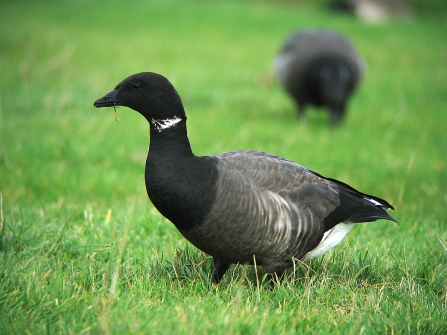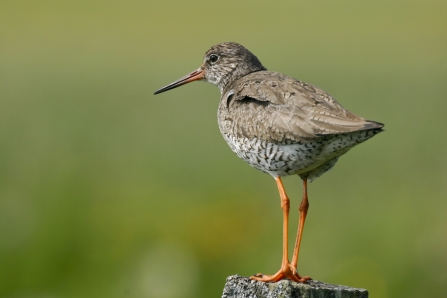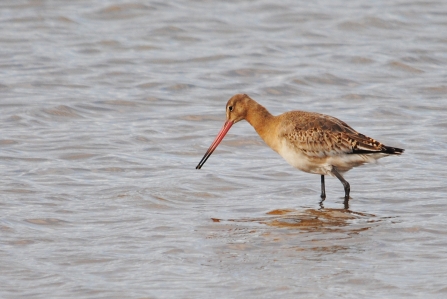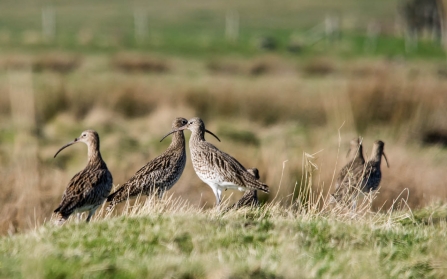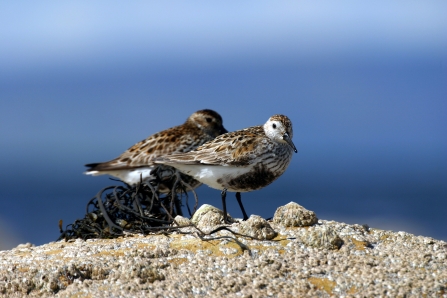There’s nothing quite like the swirling majesty of a flock coming in to roost. Watch the dark silhouettes undulate against the blazing hues of a moody winter sky, and lose yourself in the spectacle as bird and watcher alike begin their repose into night.
While we layer on scarves and hats with abandon, visiting birds from the arctic find the climate positively balmy. The natural and man-made environment of the Solent make it one of the most important coastal zones in the country, and some species travel nearly 3,000 miles to spend the winter here.
Here are some species that you may see around our busy local coastline...


